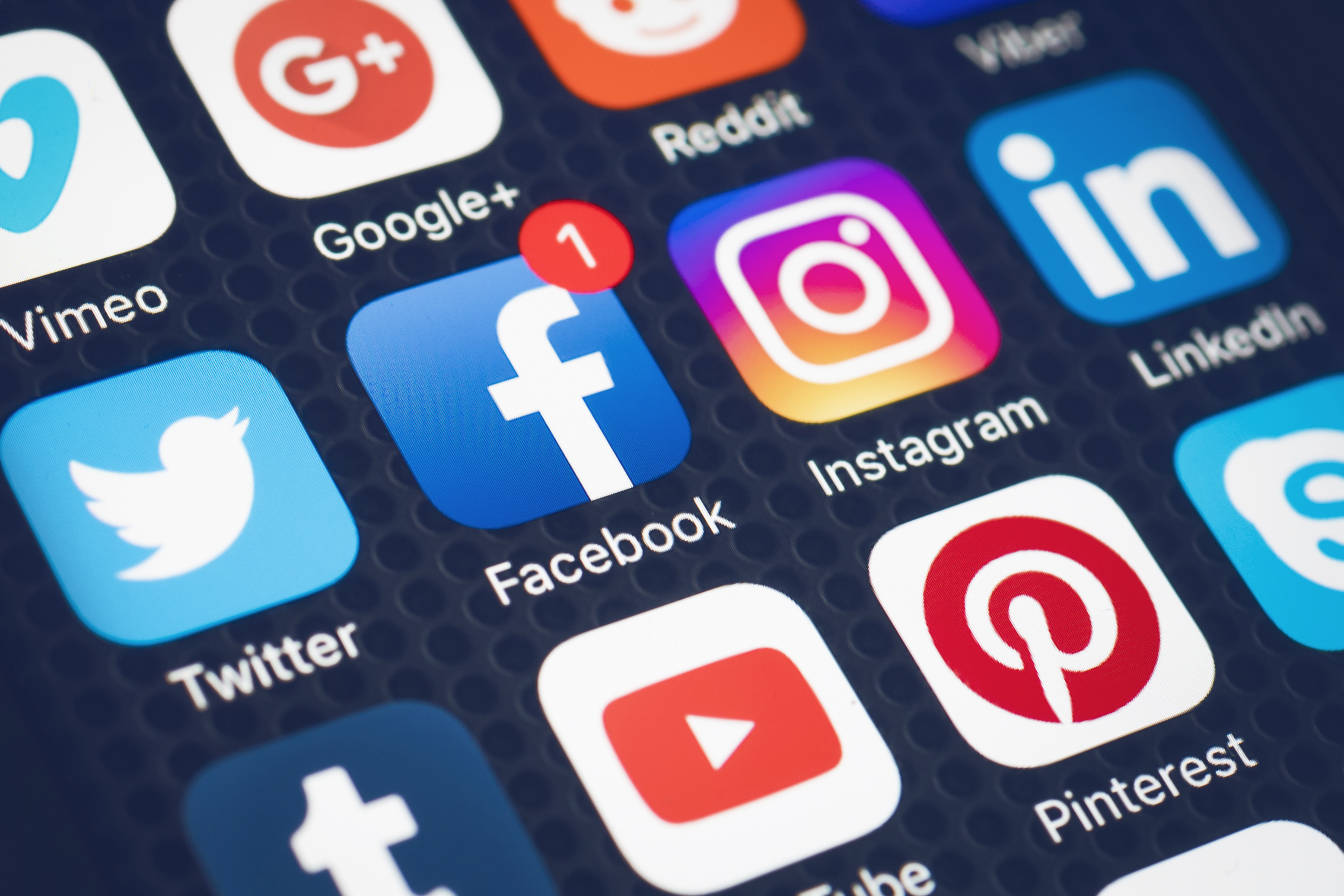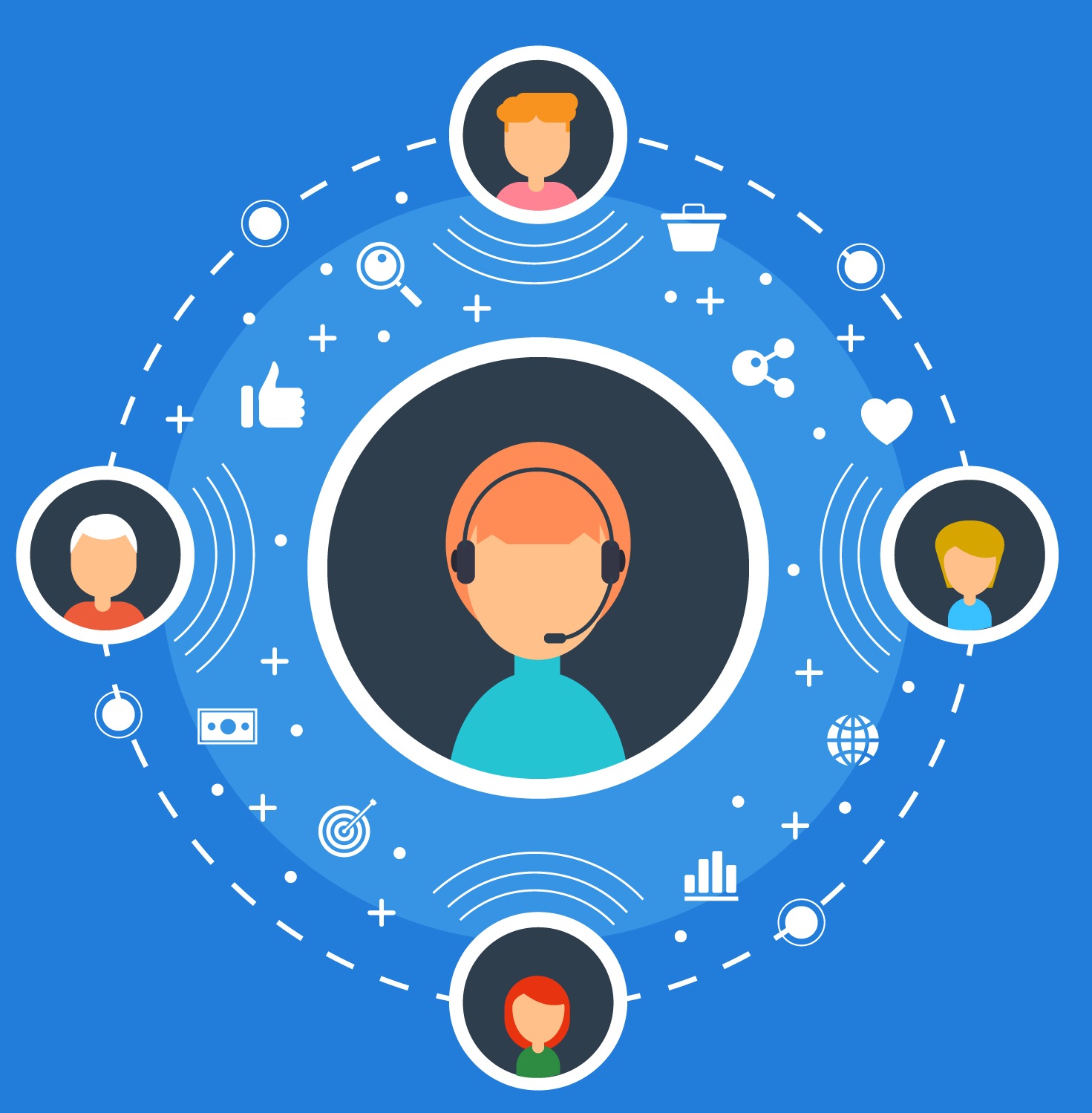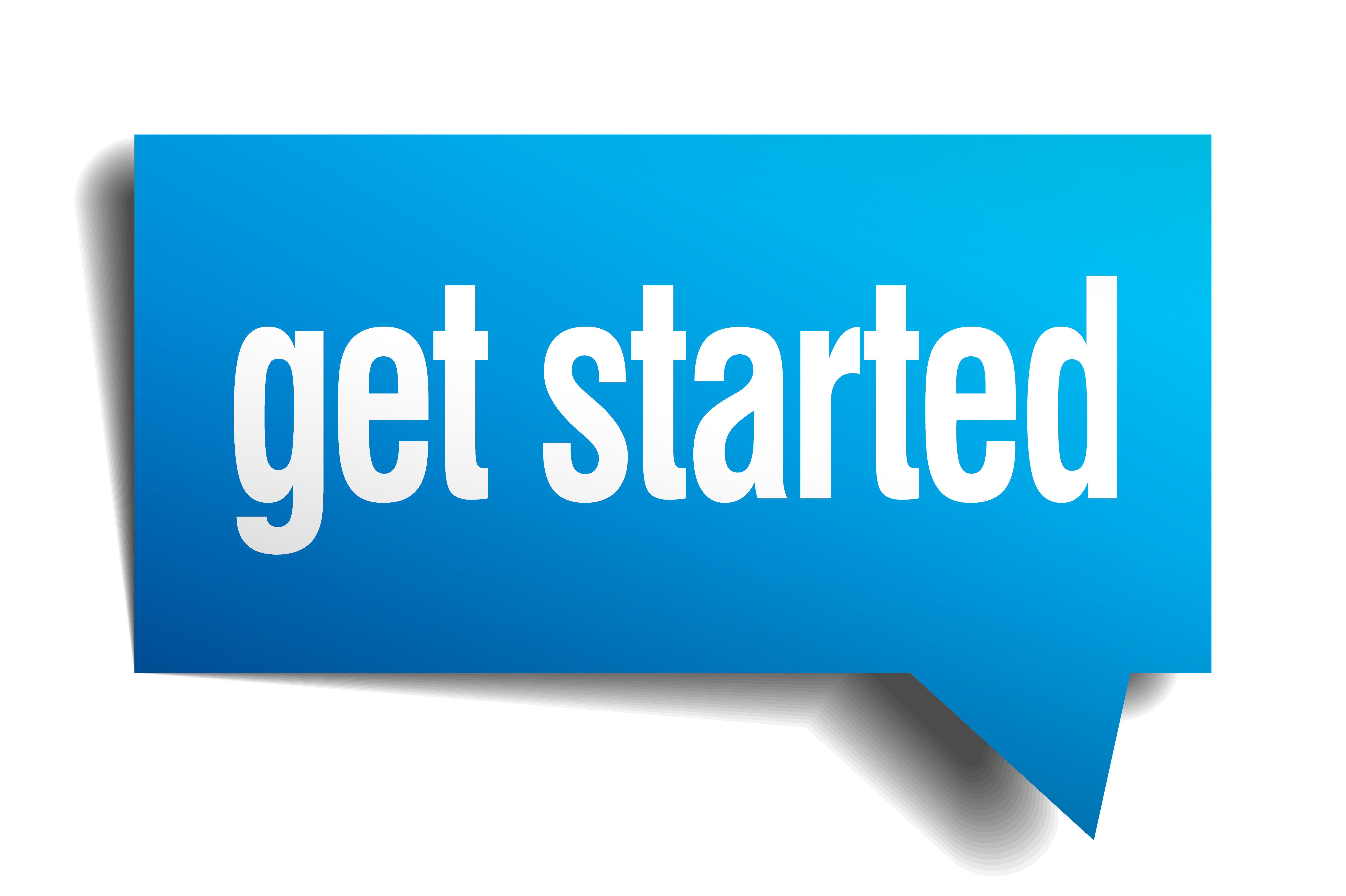
Are You Really Listening To Your Customers? Use Social Data

(Mangsaab/Shutterstock)
What company wouldn’t want access to limitless consumer conversation discussing their brand, competitors, and marketing campaigns? Social media provides a public place for just such conversations, and social listening empowers proactive brand teams to access those vital insights.
Brand teams are becoming increasingly familiar with social listening, the practice of leveraging data from social media to gain insights about a company’s brands, competitors, and market. These insights feed into public affairs, marketing, and market research teams alike. Despite the emerging commonality of the practice, it remains a little like social media itself: fully integrated or resisted. Full integration requires an understanding of what exactly social listening is, and an articulation of why it’s important that can be sold upstream.
What is Social Listening?
Social listening can be broken into three layers: monitoring; competitive, or event tracking; and market insight analysis.
Social monitoring entails real-time monitoring of the online discussion of your brand, your company, and/or emerging risk and reputation issues associated with either. Perhaps this feeds into a consumer response team, armed with responses for complaints and product issues. Many teams have brought monitoring in-house, with the emergence of user-friendly tools such as Brandwatch and Sprinklr, however others partner with experts to monitor more complex issues.
Competitive or event tracking reports on a scope broader than your own brand and compiles data from a longer period to begin to see trends. One team might track performance of their brand and top competitors on a monthly basis to see who’s having the greatest traction in the market. Another team might monitor the discussion around a medical conference at which they have engaged or plan to. Such studies allow teams to start to gain competitive intelligence into the social presence and perception of competitor brands and events, informing on social strategy.

Social media is a great place to listen to your customers (Shutterstock)
A market insight analysis takes a broad look at the social data to inform on wider brand strategy and competitive intelligence. Rather than focusing solely on a brand and competitors, market insight analysis sets wide parameters around the market as a whole. For example, in the pharmaceutical market, brand teams look beyond the discussion of treatments in the market to the discussion of the disease experience broadly. This allows them to ask such questions as “What barriers do these patients face in obtaining a diagnosis?” “What are the gaps in their informational, emotional, and financial needs?” and “What factors are driving patients’ treatment decisions?” Questions like these can inform improved customer experience, conversion strategies, and drive brand loyalty.
Why Pursue Social Data?
In marketing, trends sometimes drive practice. In the case of social listening, there are much better reasons to invest in this practice.
First, social data offers a unique perspective, unavailable anywhere else. Namely, social media data is both unguided and peer-to-peer. The discussions that unfold online are organic; they are the discussions that the community is self-motivated to have. They are not answers prompted from carefully designed discussion guides.
While this can be a limitation for certain queries, what is not mentioned can be as informative as what is. Furthermore, consumers online are not the same consumers you will see in an interview room; they are not subject to reporting bias. The reality they convey online is not the one they have crafted for an interviewer; it is the same one acknowledged by their peers.
Here’s a short case study: For the manufacturer of a psychoactive drug, these elements of online discussions provided a unique insight around adherence. Within their online communities, patients were uninhibited in sharing instances when they had skipped a dose in favor of having a few drinks that night. In interviews with researchers and even with their treating physicians, whom the brand team interviewed, patients had failed to report this type of event, either because they were not prompted to do so or because they were ashamed to admit this. Social listening allowed the team to peak into a reality of this disease management that had otherwise been hidden from them.

Your customers are sharing information online. Are you listening? (Sammby/Shutterstock)
Social listening is also timely, relevant, and cost-effective. Projects of these types are notoriously quick to conduct, going from inception to recommendations in a matter of weeks. This expedited research cycle is a result of being able to breeze past the many initial steps of a traditional research project. Once research questions are defined, the passive nature of the work means there is nothing to send off to legal and data collection can begin right away.
This collection happens almost instantaneously, forgoing the lengthy process of recruiting, coordinating, and conducting. Analysis really begins on day one. As a result, social listening carries a significantly reduced price tag compared to traditional research. An additional cost-savings can be seen in niche communities. The Internet is notoriously useful in connecting individuals with uncommon interests and traits.
For example, recruiting for research of rare disease patients can be difficult, but social listening allowed one partner to locate a vast community of engaged patients within a public group on Facebook. The resulting research augmented the otherwise limited sample of research participants.
Lastly, social conversations are important in their own right. In the same fashion that public affairs teams monitor print and online media, social media is a source of public information and an influencer of opinion worth monitoring. While it would be easier to dismiss the conversations happening online as fringe or unimportant, the reality is that social media is the latest evolution of word-of-mouth marketing. Unlike traditional WOMM, the opinions shared here can use this public forum to reach a wide audience. Social listening empowers teams to monitor the opinions shared online, both established and emerging, and get out in front of it with strategic efforts. This work can also identify key online opinion leaders who are potential brand advocates or detractors.
For example, a major CPG manufacturer relies on social listening to identify highly effective brand advocates with whom to partner. It then evaluates the success of the content these individuals create, boosting brand awareness and positive sentiment.
Overcoming Misconceptions
Despite awareness of social listening, some brand teams face barriers to full implementation. Here are three common misconceptions that can stand in the way:
- Social data is just for marketers. Certainly, social monitoring and tracking are vital practices for marketing teams. However, by limiting the use of social listening to these levels, brand and market research teams miss out on the unique insights available via this secondary consumer data.
- Regulations limit the practice. In fact, in almost every case, coming into compliance with industry regulations within a social listening program is simple and straight forward. Even pharmaceutical brands have begun to take advantage social data and if pharma can safely do something, any industry can.
- There is no use case for social insight analysis. The most vital part of any social listening endeavor is smart planning. Defining concrete objectives and meaningful business questions is the first step to crafting an impactful engagement of any kind.
Getting Started
Use cases for social listening are not always obvious. Here are some cases to help you get started:

(Aquir/Shutterstock)
- Learning why consumers are selecting competitors over your brand;
- Validating and testing hypothesis from other research;
- Elucidating gaps in the market that your brand or team can help close;
- Understanding what resonates with your consumers to inform content development;
- Identifying opportunities to improve the customer experience with your brand;
- Identifying authentic consumer language to use in a marketing campaign;
- Tracking and monitoring reactions to DTC campaigns, both digital and traditional
- Exploring the viability of a social engagement by analyzing the success of your competitors already doing so;
- Identifying potential brand advocates or partners who are influential in the online community;
- Gaining awareness of emerging trends in the market to integrate into marketing;
- Exploring market perceptions to inform brand positioning;
- Uncovering potential controversies and reputational risks before they become associated with your brand;
- Identifying reputational risks as they emerge;
- And tracking community reaction to a market event.
Social data is nuanced and selecting the right partner to transform the teams’ goals into a research plan is crucial. Vet partners carefully; request work samples and case studies. The right partner will help your team craft meaningful questions, design a project that addresses those questions, and present you with actionable recommendations from the research. From this work, teams gain timely insights from the organic conversations consumers are having online and can use them to optimize marketing strategies and help accelerate brand usage.
About the author: Jennifer Dandy is an analytics manager for Anexinet, a Blue Bell, Pennsylvania-based systems integrator and technology management firm.
Related Items:
A Prediction Machine Powered by Big Social Data
Why Twitter Is the Low-Hanging Fruit of Social Analytics



























